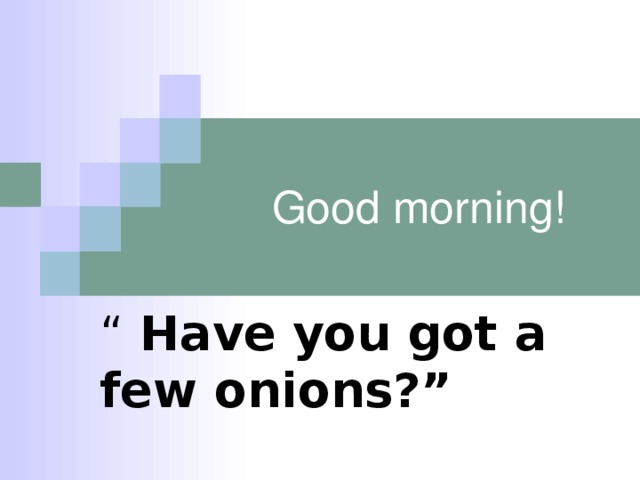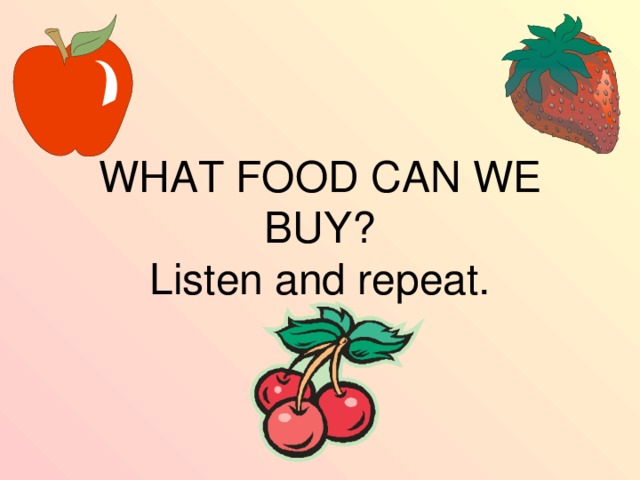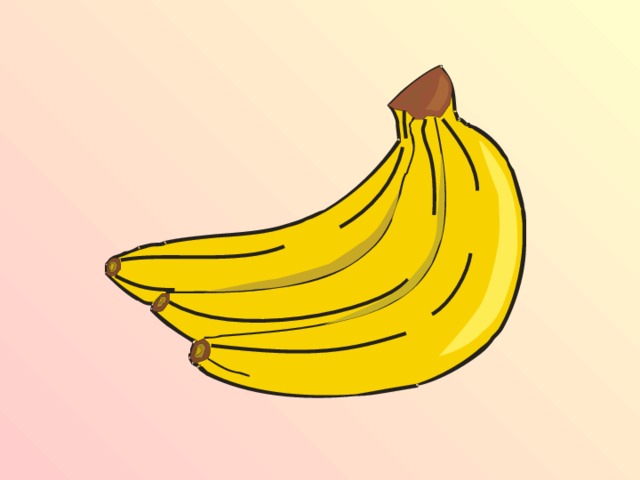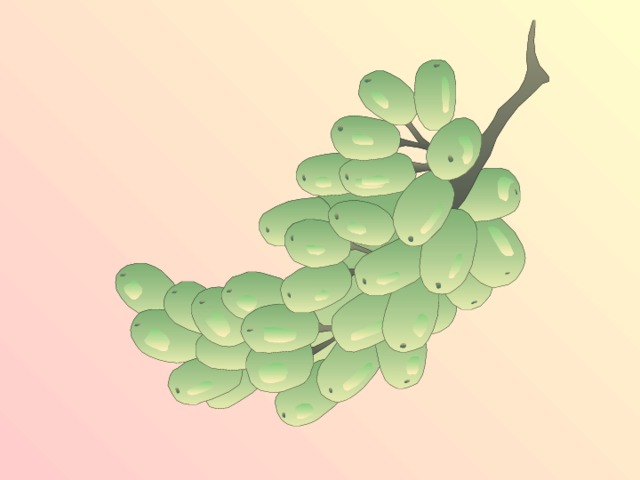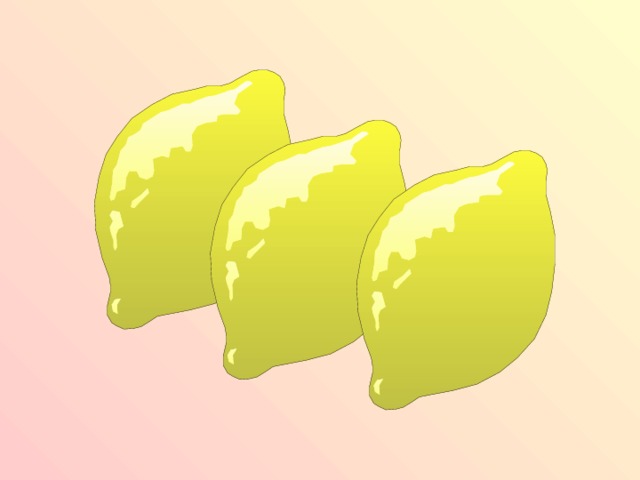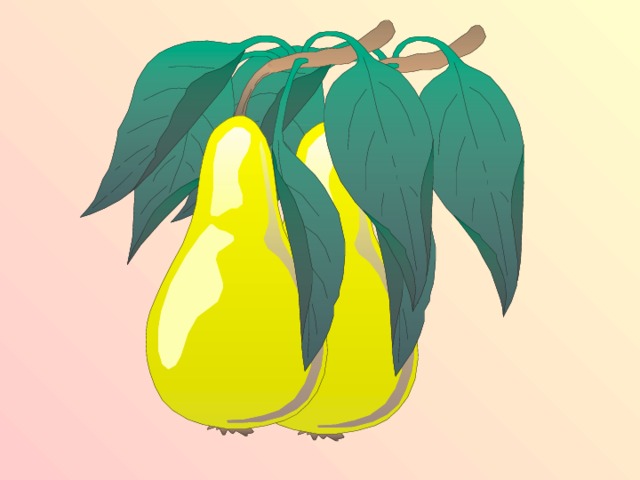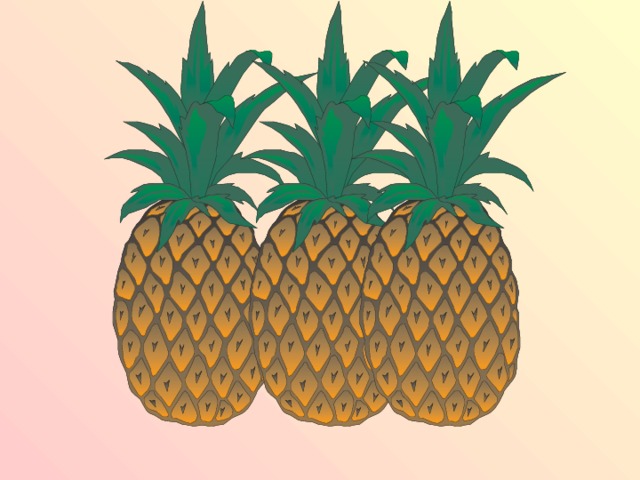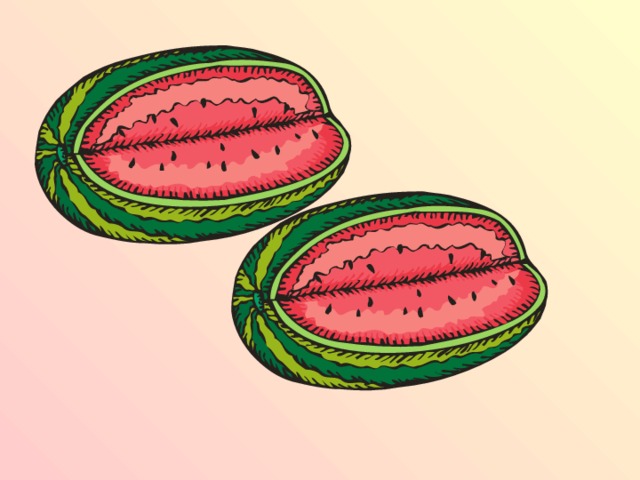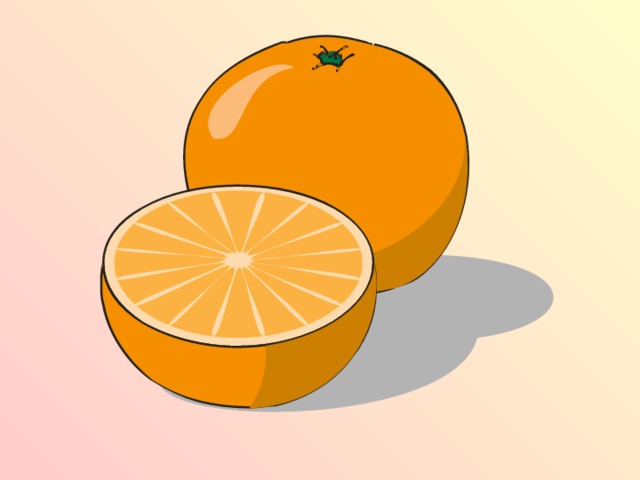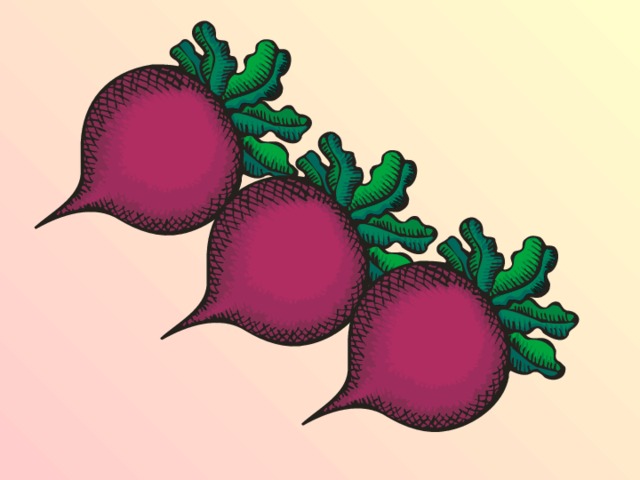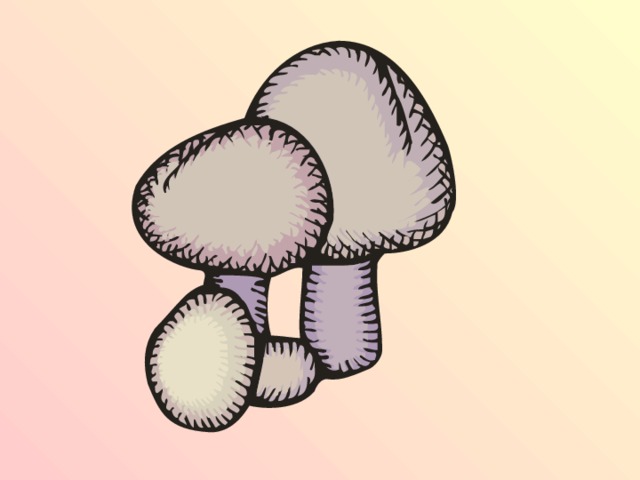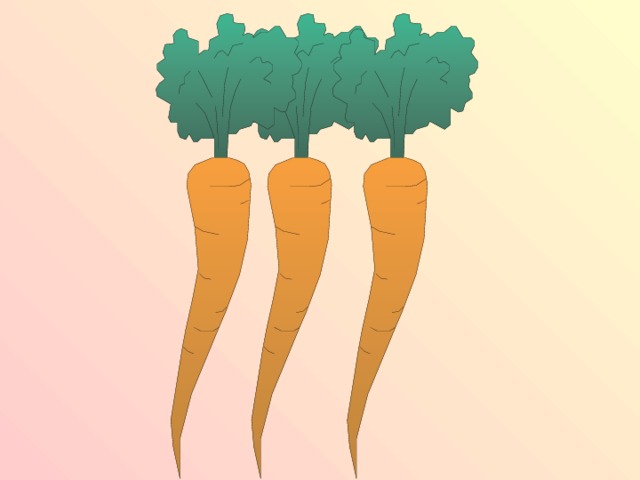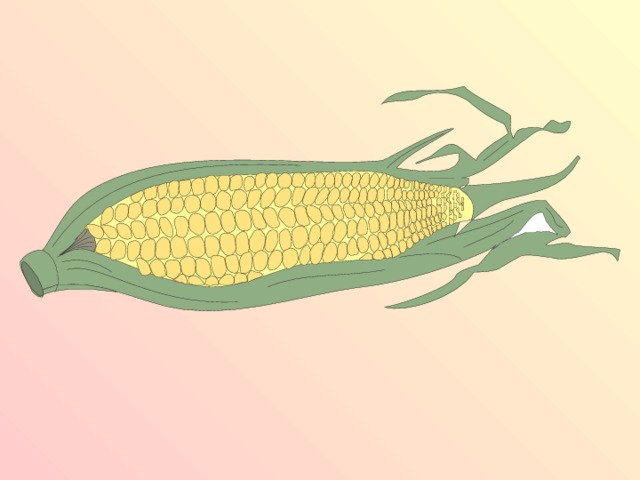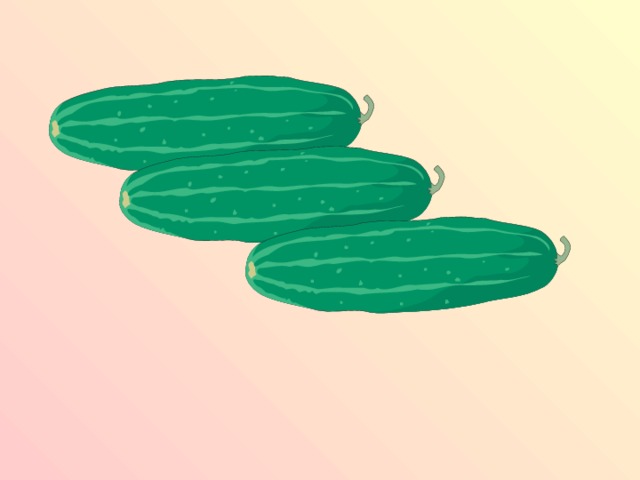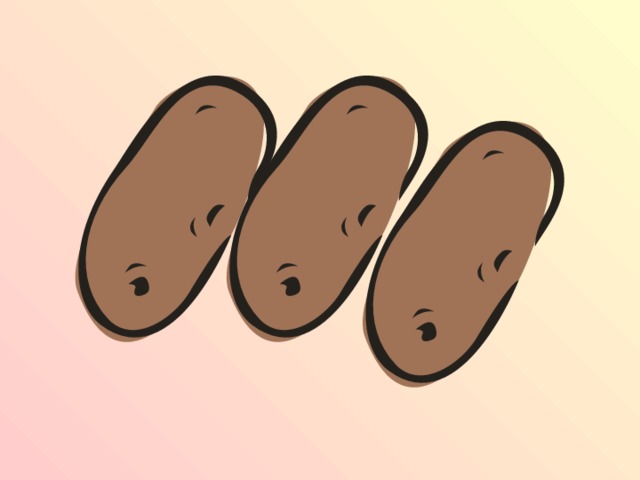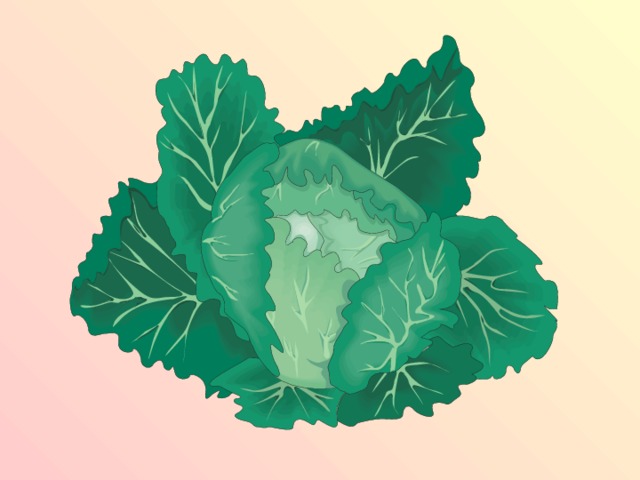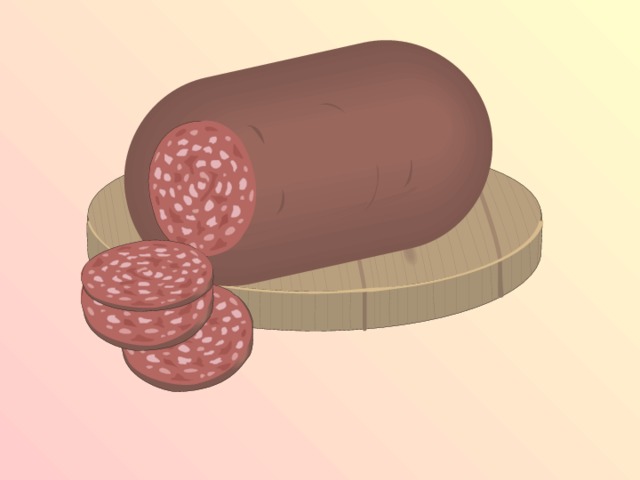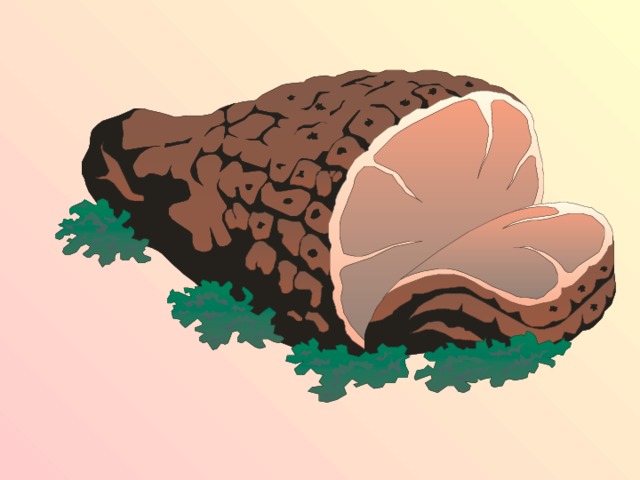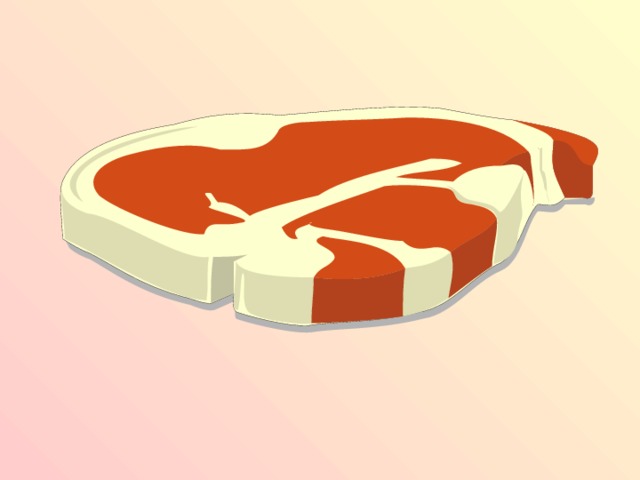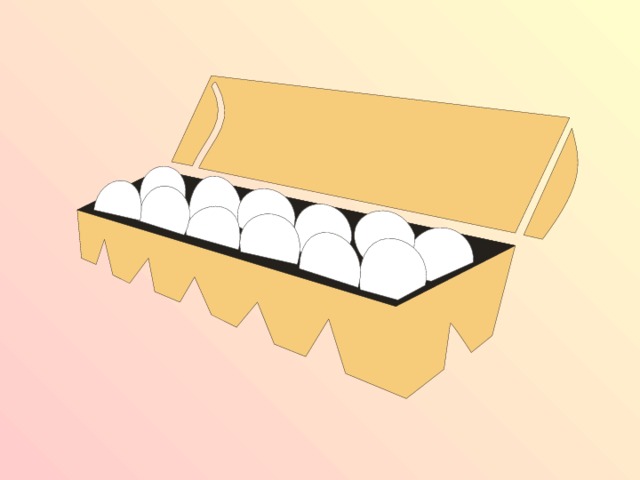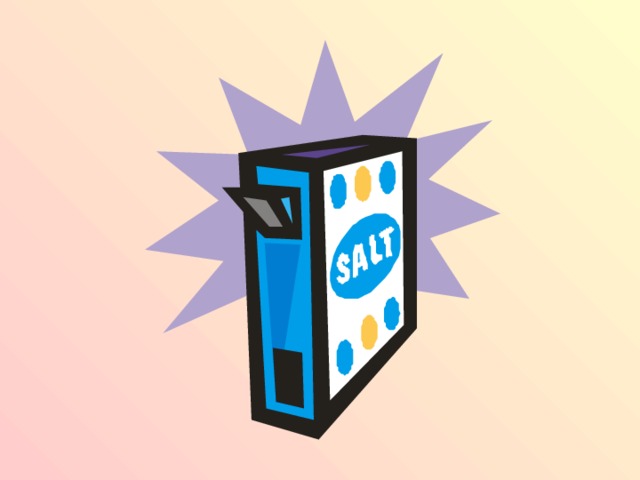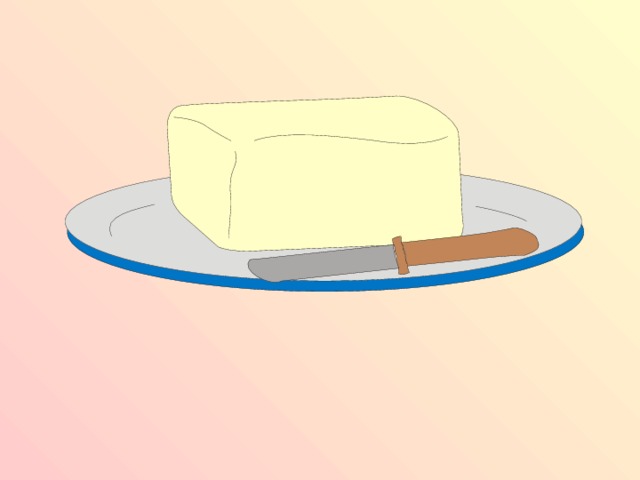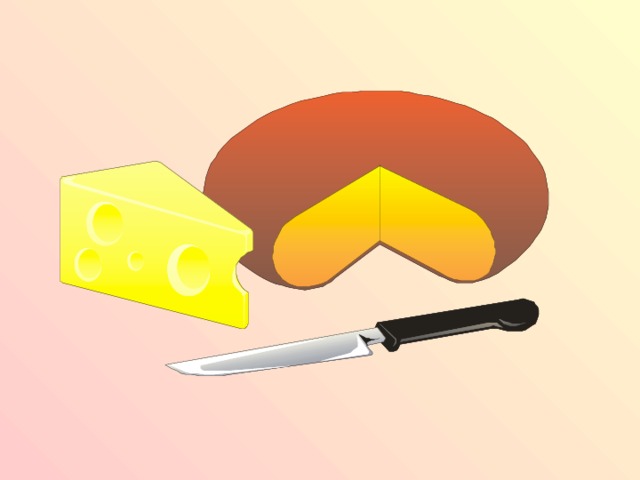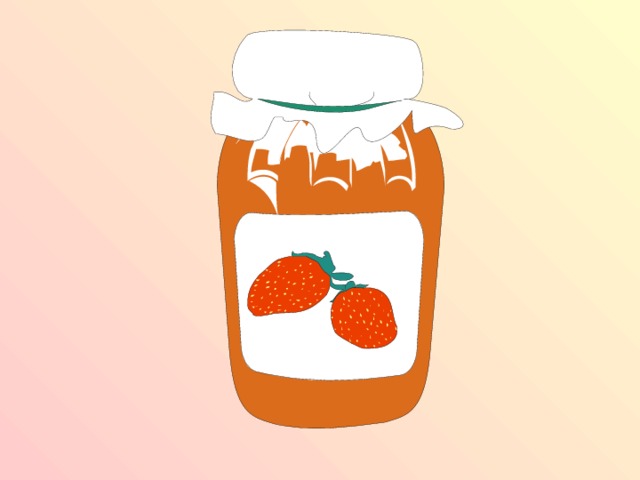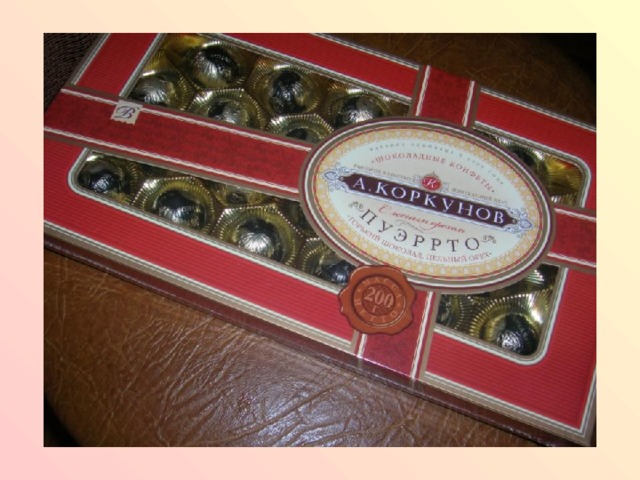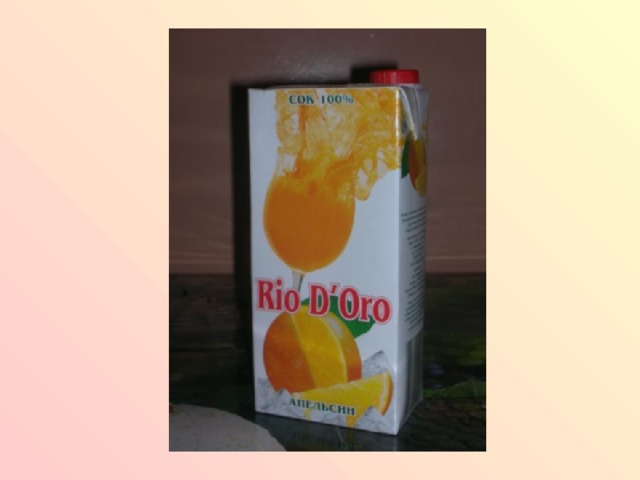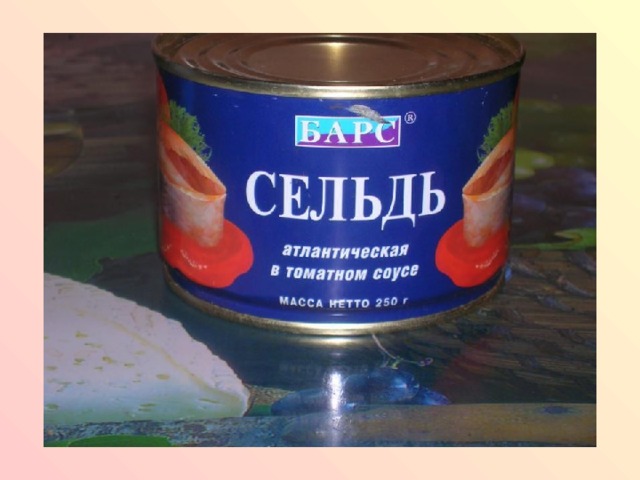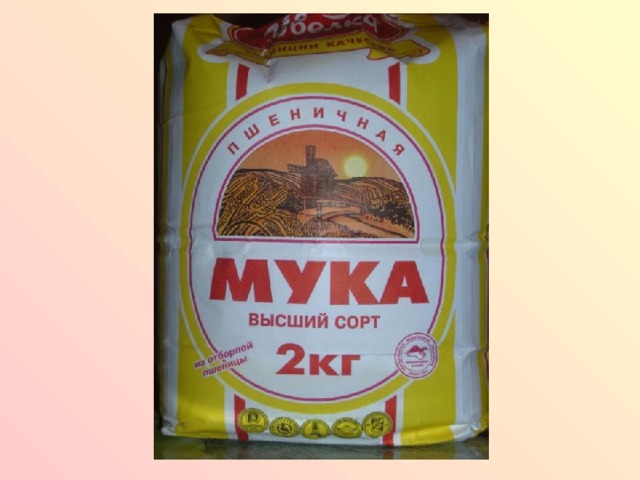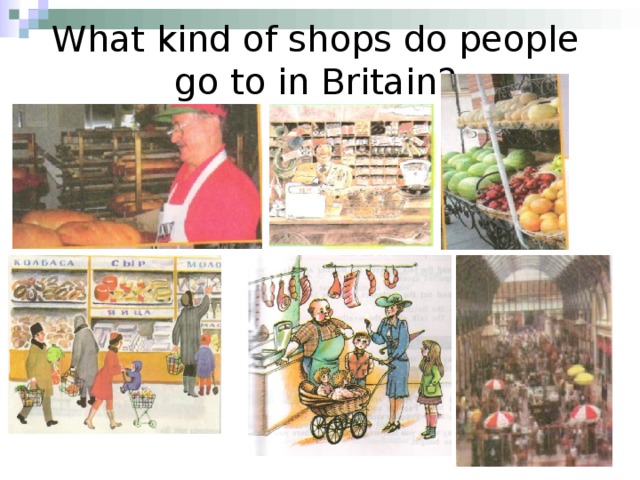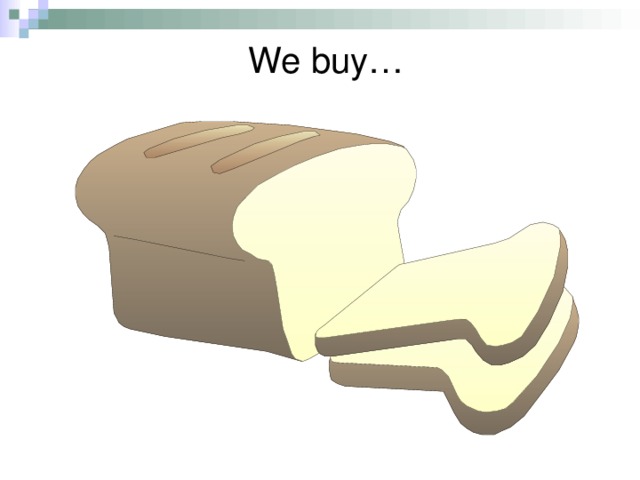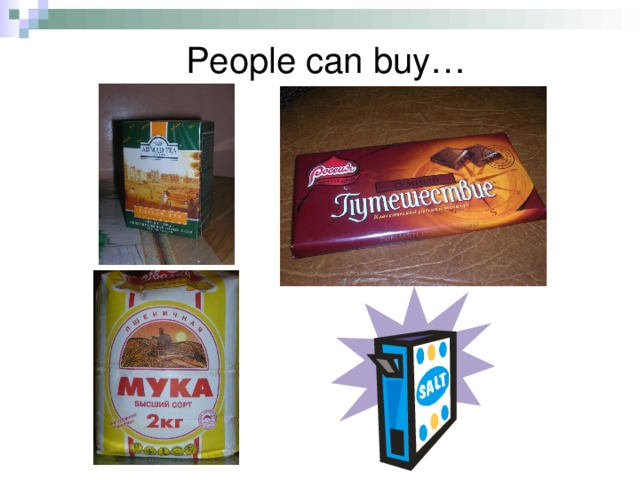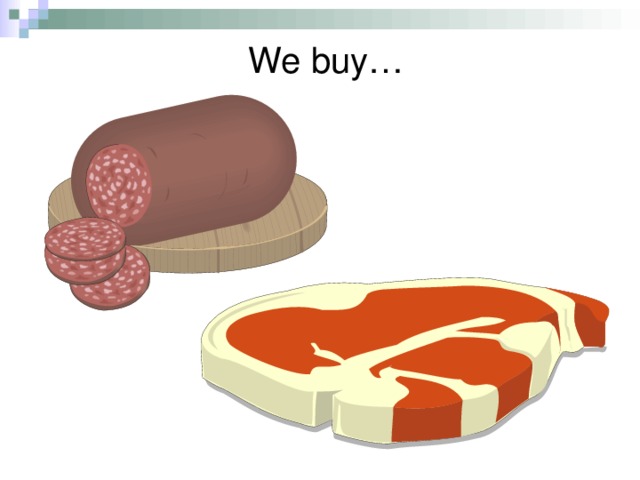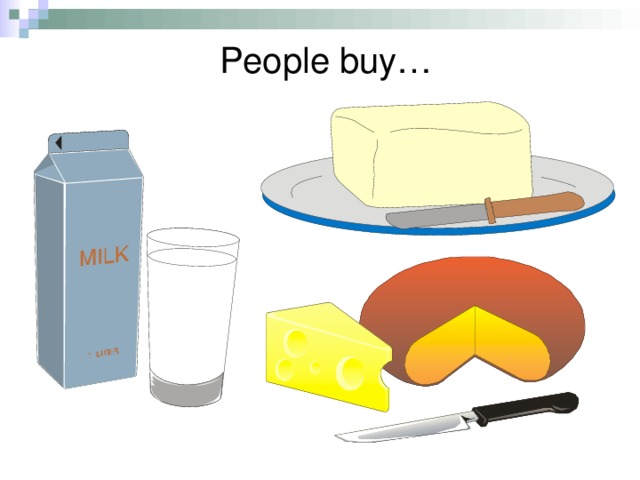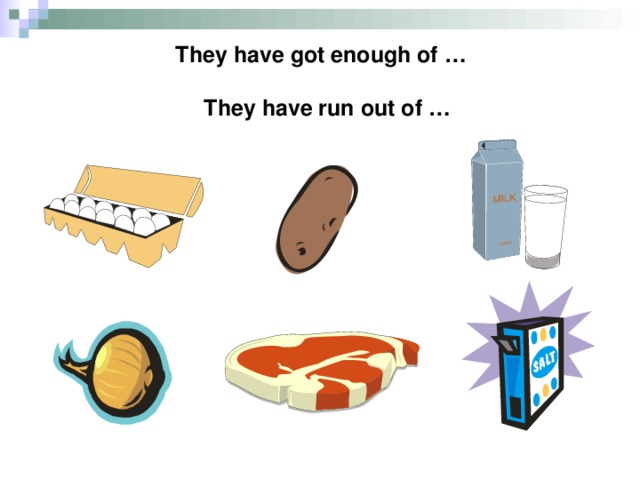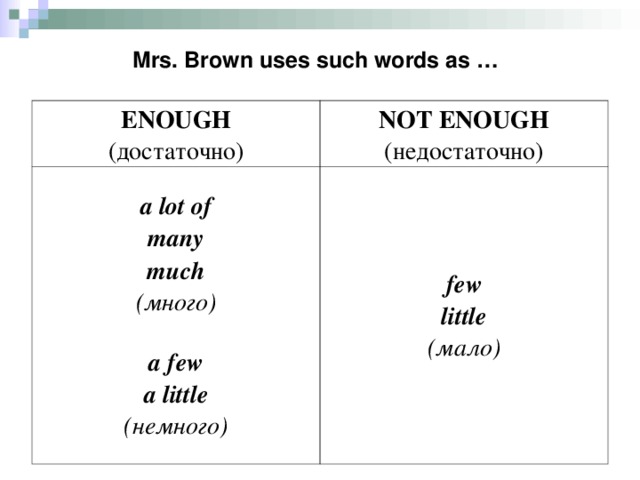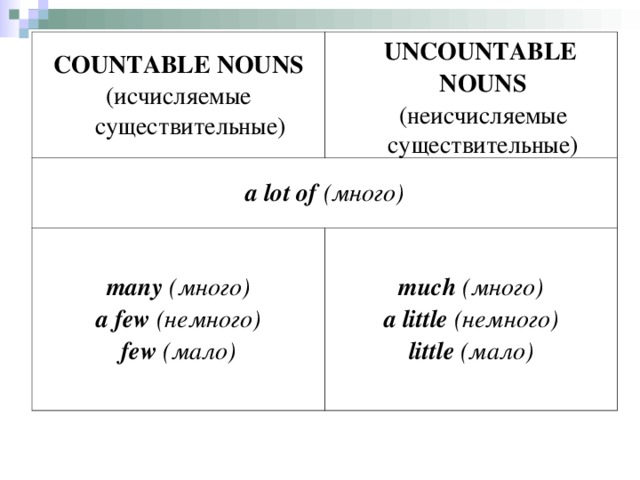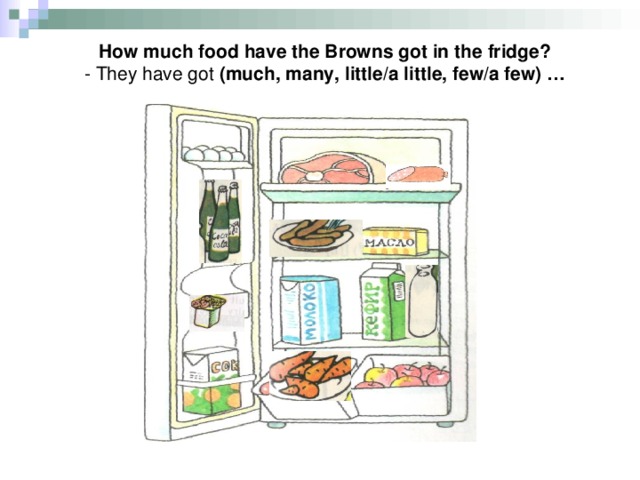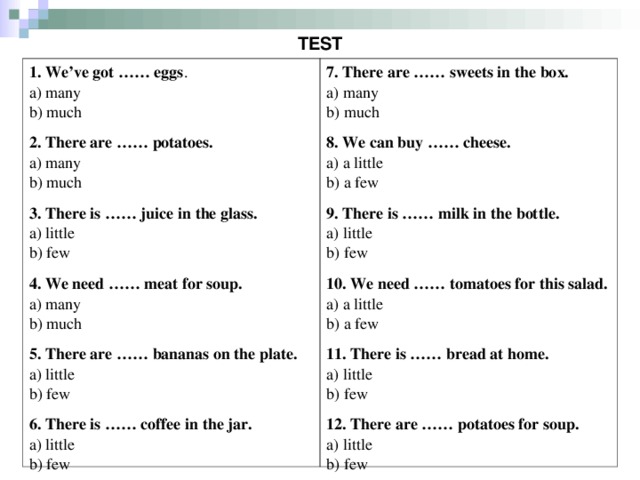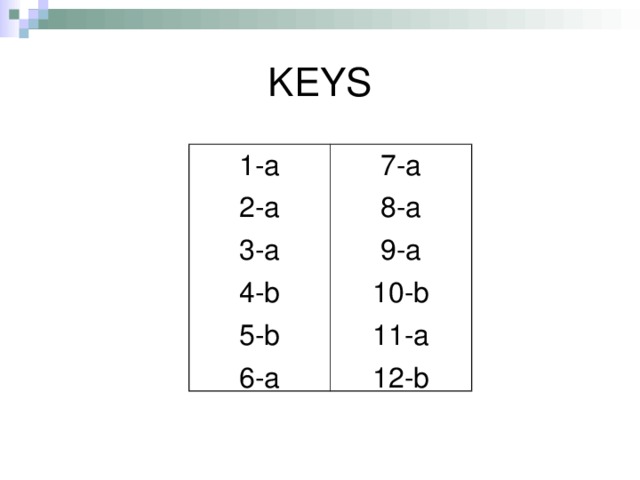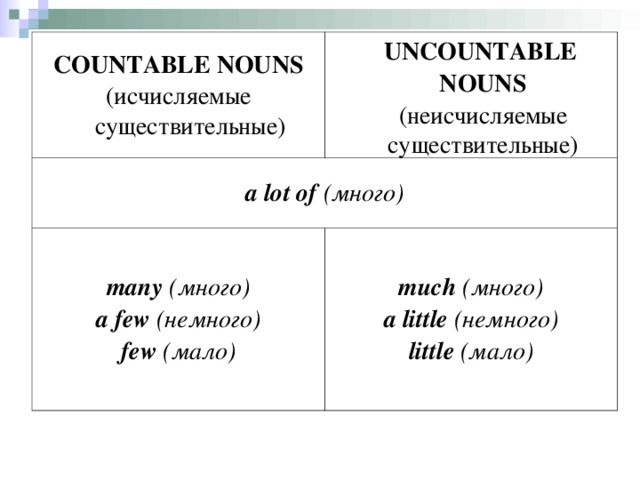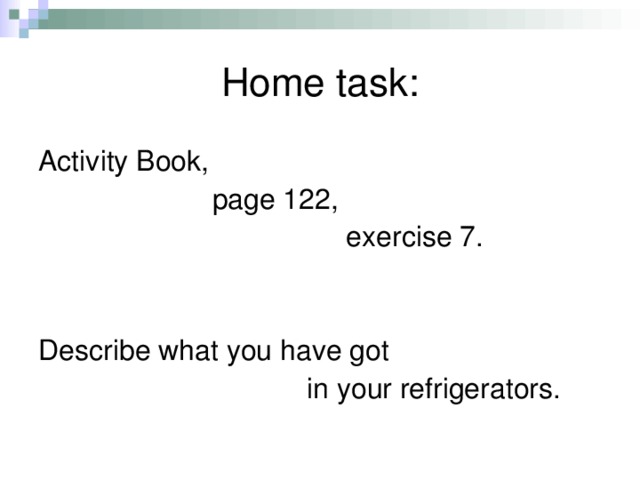Тема урока: “Have you got a few onions?”
Цели урока:
обучающая: формирование и совершенствование знаний по теме “Shopping”, ознакомление с лексическим и грамматическим материалом и закрепление его;
развивающая: развитие диалогической речи обучающихся, языковых и познавательных способностей, готовности к общению;
воспитательная: воспитание интереса к учению и к предмету.
Оснащение: компьютер, мультимедийный проектор, экран, CD-проигрыватель, слайд-презентация Power Point.
Дидактический материал: Кузовлев В.П. и др. “Английский язык”: учебник для 6 кл. общеобразовательных учреждений; аудиокурс к учебнику из 2 CD.
Ход урока.
(слайд 1)
I. Организационный момент.
Teacher:
Good morning, good morning, good morning to you
Good morning, good morning,
I’m glad to see you.
Pupils:
Good morning, good morning, good morning to you
Good morning, good morning,
We are glad to see you.
T: Thank you, sit down, please. So, I see that everybody is all right, and our lesson begins. Today we continue working on the topic “Shopping” and we shall do some lexical and grammar exercises.
II. Фонетическая зарядка.
T: First of all let’s remind what products you can buy. (слайд 2) Please, look at the screen, listen and repeat.
(слайды 3–45)
Лексика для повторения: apples, bananas, grapes, lemons, pears, pineapples, water melons, oranges, peas, beetroots, mushrooms, carrots, corn, cucumbers, onions, green peppers, potatoes, tomatoes, cabbage, fish, sausage, ham, meat, eggs, salt, butter, cheese, ice-cream, milk, biscuits, a loaf of bread, a jar of jam, a bar of chocolate, a box of sweets, a carton of juice, a jar of coffee, a packet of tea, a bottle of oil, a tin of fish, a can of Coke, a packet of nuts, a bottle of water, a bag of flour. (слайд 46)
III. Речевая разминка.
T: Answer my questions, please:
– Do you like to go shopping?
– Who usually goes shopping in your family?
– What kind of shops do people go to in Great Britain? (слайд 47)
(P: People go to the baker’s, the grocer’s (бакалея), the greengrocer's (овощной магазин), the diary (молочная лавка), the butcher's (мясная лавка) and the market (рынок)).
T: Now I want you to name the kind of the shop I shall describe.
T: We buy white and brown bread there. (cлайд 48)
P1: We buy white and brown bread at the baker’s.
T: People can buy tea, chocolate, flour and salt there. (cлайд 49)
P2: People can buy tea, chocolate, flour and salt at the grocer’s.
T: You can buy apples, potatoes, onions, pears in this shop. (cлайд 50)
P3: You can buy apples, potatoes, onions, pears at the greengrocer’s.
T: We buy sausage and meat there. (cлайд 51)
P4: We buy sausage and meat at the butcher’s.
T: People buy milk, butter and cheese in this shop. (cлайд 52)
P5: People buy milk, butter and cheese at the diary.
(слайд 53)
Зарядка для глаз
Now our eyes want some rest.
Look left, look right
Look up, look down
Look around.
Look at your nose
Look at that rose
Close your eyes
Open, wink and smile.
Your eyes are happy again.
IV. Объяснение нового материала.
T: And now write down the date and the topic “Have you got a few onions?”
Open your textbooks at page 69, exercise 1, part 1, and get ready to listen to the record.
(CD 2, track 1)
T: Now answer some questions, please.
- Which food have they got enough of? (слайд 54) (P: They have got enough of eggs, milk, onions and salt.)
- Which food have they run out of (not enough of)? (P: They have run out of potatoes and meat.)
- And which words does Mrs. Brown use when she says about what is enough? (слайд 55) (P: Mrs. Brown uses such words as a few, a little, much, a lot of.)
- And which words does Mrs. Brown use when she says about what is not enough? (P: Mrs. Brown uses such words as few, little.)
T: And now look at the screen and read the rule. (слайд 56) You have got the same tables on your desks. (Объяснение правила.)
V. Закрепление материала.
And now tell me, please, how we can translate into English such phrases as…
(Учитель приводит примеры исчисляемых и неисчисляемых существительных на русском языке, например: много картофеля, мало апельсинов, немного яблок, мало мяса, немного сахара, много соли и др.; учащиеся переводят эти фразы на английский язык, вспоминая названия продуктов и употребляя нужные количественные местоимения.)
(слайд 57)
T: OK, and now look at the screen, please, and answer the question: How much food have the Browns got in the fridge? (Ответы учащихся.)
T: Now let’s take a short test. (слайд 58) Write down your answers to your copybooks.
Well, let’s check the right answers. (слайд 59)
VI. Подведение итогов.
(слайд 60)
T: So today we have learned that we should use many (много), a few (немного), few (мало) with countable nouns, and much (много), a little (немного), little (мало) with uncountable nouns.
VII. Домашнее задание.
You’ve worked well and your marks are (excellent for… … have got good marks.)
(слайд 61)
Your home task is exercise 7 in your Activity Books, at page 122. Describe what you’ve got in your refrigerators.
(слайд 62)
The lesson is over, thank you. Good-bye.
4
